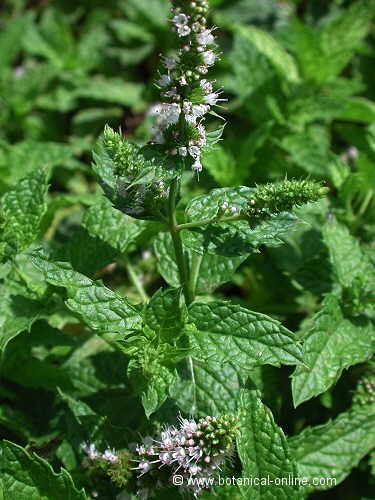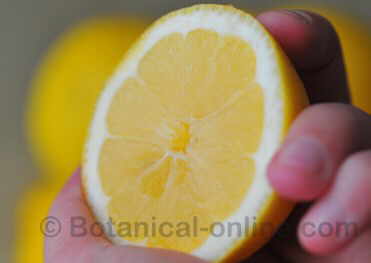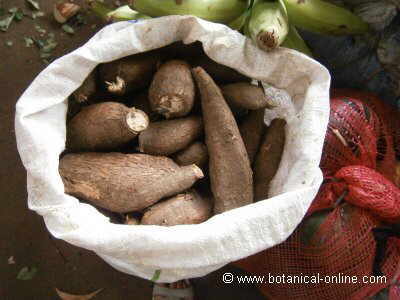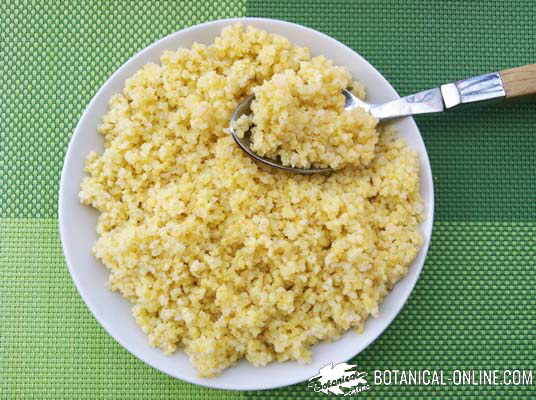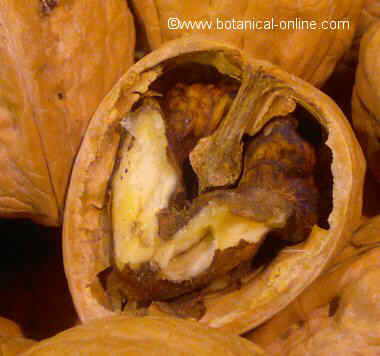Contents
What is the cucumber mosaic virus?
The cucumber mosaic virus or CMV is a viral disease of plants. It affects many plants (about 190 plants).
It is named because it was discovered for the first time in 1934 on cucumbers.
What plants does the cucumber mosaic virus affect?
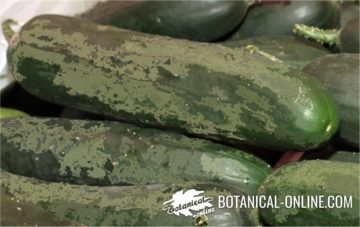
In addition to cucumbers, it can affect other well-known plants such as melons, pumpkins, tomatoes, carrots, spinach, beans, celery, etc.
Numerous flowers are also affected by this virus (Begonias, dahlias, tulips, marigolds, cyclamens, etc.).
How does the cucumber mosaic virus manifest itself?
The most characteristic symptoms are:
- Mottling of the leaves
- The circular spots.
- The dwarfism and the distortions of fruits and flowers.
- The lengthening and narrowing of the leaves that, instead of presenting true leaflets, are reminiscent of tendrils.
- The fruits appear atrophied and have no commercial value.
How is the cucumber mosaic virus transmitted?
The vector of transmission is made up of aphids and some herbs such as cuscuta. There are more than 80 species of aphids that can transmit this disease, among them the Myzus persicae (green peach aphid).
How is the cucumber mosaic virus treated?
- It has no treatment.
- There are also no resistant varieties to this type of mosaic, so it is necessary to adopt an adequate prevention to prevent infection.
- Clean your hands and disinfect your clothes and tools (Introduce them for half an hour in a 3% preparation of trisodium phosphate. You can also use soap and water
- Dip your hands in milk while handling the seedlings for the microorganisms to get stuck in it .
- Eliminate infected plants as soon as possible.
- Clean your hands before handling healthy plants.
![]() More information on plant viruses and other diseases
More information on plant viruses and other diseases


